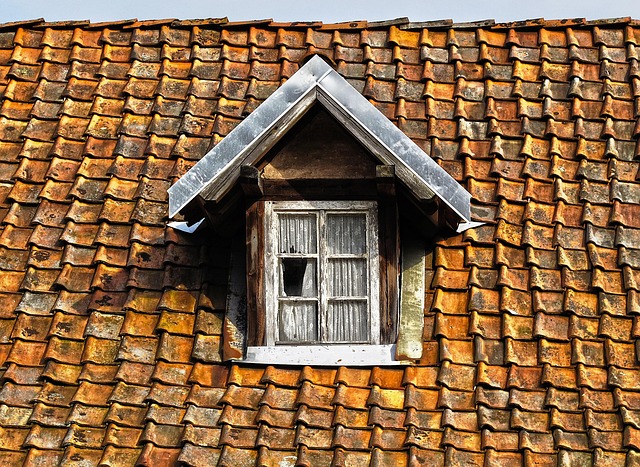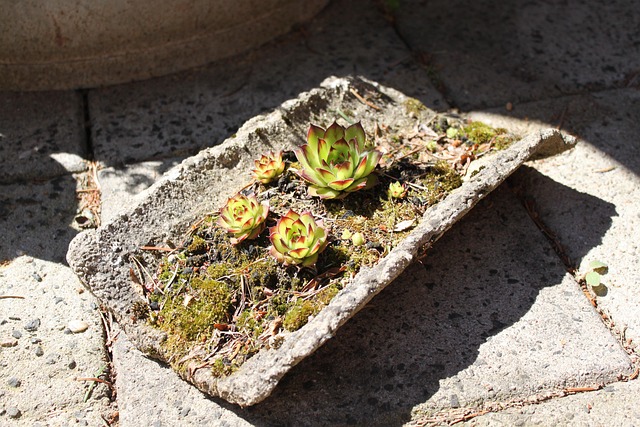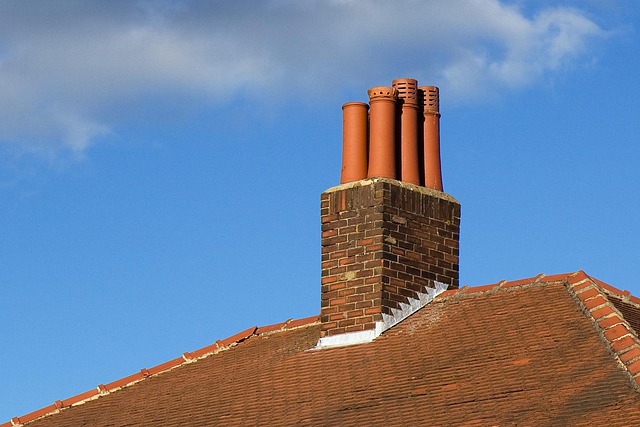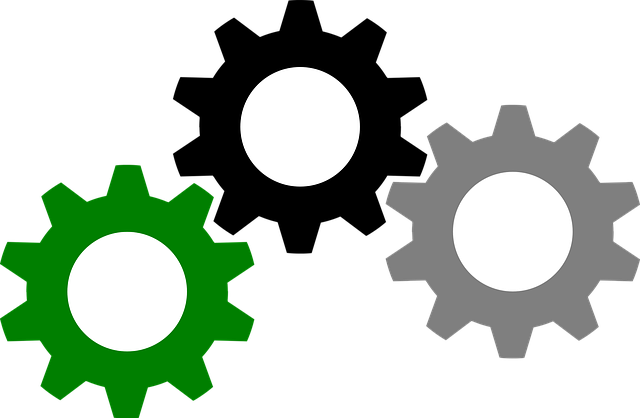Green roofing systems near me offer businesses an eco-friendly solution to reduce energy consumption and environmental impact. With enhanced insulation, stormwater management, and habitat creation, these systems provide both financial and environmental benefits. Using sustainable materials and living plants, they improve air quality and cut carbon footprints. Businesses adopting green roofs near you can save on energy bills, qualify for incentives, and contribute to a more sustainable future.
“Looking for eco-friendly roofing solutions to slash energy bills and your carbon footprint? Green roofing systems are transforming the way businesses approach sustainability. This comprehensive guide explores the multifaceted benefits and various types available in your area (green roofing systems near me). From understanding the environmental impact to uncovering innovative materials, we delve into how these systems reduce energy consumption. Discover local businesses embracing green practices, learn a simple installation process, and calculate long-term savings.”
- Understanding Green Roofing Systems: Benefits and Types
- Eco-Friendly Materials for Sustainable Roofs
- Energy Efficiency: How Green Roofs Reduce Consumption
- Local Businesses Embrace Eco-Conscious Practices
- Installation Process: Step-by-Step Guide to Green Roofing
- Long-Term Savings and ROI of Environmental Solutions
Understanding Green Roofing Systems: Benefits and Types

Green roofing systems near me have gained significant traction as businesses look to reduce their energy consumption and environmental impact. These systems offer a range of benefits that extend beyond aesthetics, making them an increasingly popular choice for eco-conscious companies. The primary advantage lies in their ability to enhance energy efficiency; by providing insulation and reducing the need for air conditioning, these roofs can lower energy bills and decrease carbon footprints.
There are various types of green roofing systems available, each with its own unique features. From extensive systems that require minimal maintenance and support a variety of plant life, to intensive systems that mimic natural landscapes complete with trees and shrubs—all contribute to creating sustainable roofs. Living roofs, also known as eco-friendly roofing or green roofs, not only provide insulation but also offer a habitat for local wildlife, improve air quality, and help manage stormwater runoff. This versatility makes them an attractive solution for businesses seeking to integrate sustainability into their operations while reaping both financial and environmental benefits.
Eco-Friendly Materials for Sustainable Roofs

When considering eco-friendly roofing systems for your business, exploring green materials is a crucial step. Traditional roofs often contribute to high energy consumption due to heat transfer and insulation requirements. However, modern eco-friendly options like living roofs and sustainable materials offer an innovative solution. Near you, many roofing contractors now specialize in green roofing systems, incorporating materials such as recycled content, biodegradable products, and natural substances like bamboo or vegetable-based oils. These alternatives not only reduce energy usage but also enhance the building’s overall environmental footprint, making them an attractive option for businesses aiming to be more sustainable.
From a structural perspective, these eco-friendly roofing solutions are designed to mimic nature, providing insulation, ventilation, and even water collection capabilities. For instance, a living roof involves planting a layer of vegetation on top, offering excellent insulation while promoting biodiversity. Alternatively, sustainable roofs use materials like recycled rubber or plastic, significantly reducing the demand for new resources. These green initiatives not only benefit the environment but also contribute to cost savings in the long run, making them a smart choice for businesses seeking both environmental and financial sustainability.
Energy Efficiency: How Green Roofs Reduce Consumption

Green roofing systems near me have gained significant attention as businesses seek sustainable solutions to reduce energy consumption and their carbon footprint. These innovative systems offer a unique approach to insulation, harnessing the power of nature to create an efficient and eco-friendly environment. By integrating living plants into roofs, green roofing provides excellent thermal performance, reducing the need for artificial cooling or heating. The plant material acts as a natural insulator, minimizing heat transfer through the roof structure.
The benefits extend beyond energy efficiency; these systems also contribute to improved air quality and stormwater management. The plants absorb carbon dioxide and release oxygen, helping to mitigate climate change impacts. Additionally, green roofs can help with stormwater runoff reduction, as the plant material absorbs rainwater, preventing overflows and easing pressure on local drainage systems. This versatility makes eco-friendly roofing an attractive option for businesses looking to embrace sustainability while enjoying long-term cost savings.
Local Businesses Embrace Eco-Conscious Practices

Local businesses are increasingly embracing eco-conscious practices, with many turning to green roofing systems near me as a way to reduce their environmental footprint and lower energy costs. This trend is not just a passing fad but a deliberate shift towards more sustainable solutions, driven by both corporate responsibility and government incentives promoting eco-friendly business models.
By adopting eco-friendly roofing, these forward-thinking companies are leveraging the benefits of living roofs, which offer enhanced insulation, improved air quality, and reduced carbon emissions. Sustainable roof designs are not only aesthetically pleasing but also contribute to a greener landscape, making them a popular choice among businesses seeking to align with environmental initiatives while cutting down on energy usage and long-term operational costs.
Installation Process: Step-by-Step Guide to Green Roofing

The installation process for a green roofing system is a multifaceted endeavor designed to create an efficient and sustainable ecosystem on your business’s rooftop. It begins with meticulous preparation, involving assessing the structural integrity of your building to ensure it can support the additional weight. Once approved, the initial step is to install a root barrier membrane, which protects the underlying structure from potential damage caused by plant roots.
Next, a drainage layer is laid down, crucial for managing water runoff and ensuring optimal conditions for the plants. This is followed by the installation of a high-quality growing medium, typically lightweight soil or substrate, which provides the necessary nutrients for plant growth. Now, it’s time to introduce your chosen vegetation. Whether it’s a mix of native grasses, sedums, or other suitable plants, each species brings unique benefits, contributing to air purification and energy efficiency. Finally, a top layer of irrigation may be implemented for newly established living roofs, ensuring consistent hydration until the roots become well-established. This step-by-step approach guarantees a successful transition towards an eco-friendly roofing system near you, positioning your business as a pioneer in sustainable practices.
Long-Term Savings and ROI of Environmental Solutions

Implementing green roofing systems near me is an investment that offers significant long-term savings and returns on investment (ROI). These eco-friendly roofing solutions are designed to reduce energy consumption, lower operating costs, and minimize environmental impact. By adopting sustainable roof practices, businesses can enjoy efficient insulation, reduced heat absorption, and improved building performance.
The financial benefits of green roofing are evident over time. While the initial setup costs may vary, the ongoing savings on energy bills can be substantial. A living roof, for instance, helps regulate indoor temperatures, reducing the strain on HVAC systems. This simple yet effective strategy leads to lower utility expenses and a shorter payback period for the investment. Moreover, many eco-friendly roofing options qualify for tax incentives and rebates, further enhancing the ROI.
